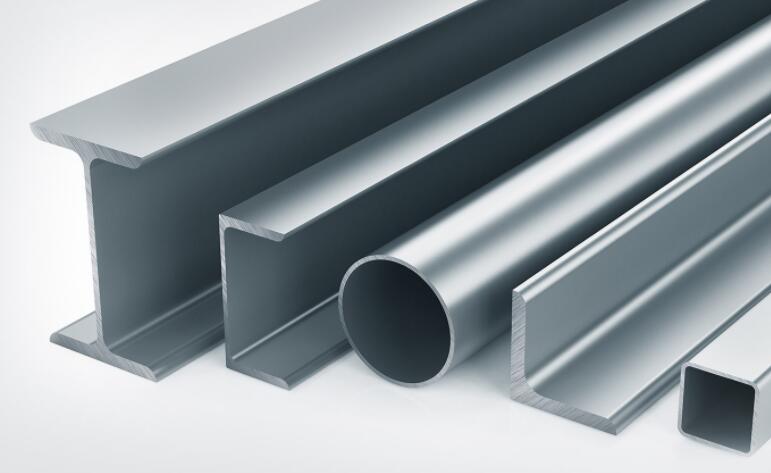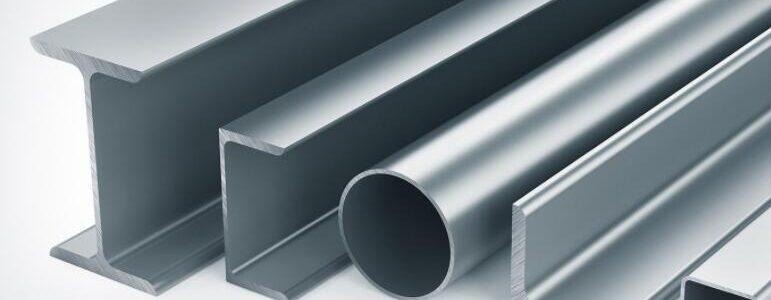Extrusion is the process by which long straight metal parts can be produced. The cross-sections that can be produced vary from solid round, rectangular, to L shapes, T shapes. Tubes and many other different types. Extrusion is done by squeezing metal in a closed cavity through a tool, known as a die using either a mechanical or hydraulic press.
Aluminum extrusion process
1.Billets must be heated to approximately 800-925° F.
2.After a billet reaches the desired temperature, it is transferred to the loader where a thin film of smut or lubricant is added to the billet and to the ram. The smut acts as a parting agent (lubricant) which keeps the two parts from sticking together.
3.The billet is transferred to the cradle.
4.The ram applies pressure to the dummy block which, in turn, pushes the billet until it is inside the container.
5.Under pressure the billet is crushed against the die, becoming shorter and wider until it has full contact with the container walls. While the aluminum is pushed through the die, liquid nitrogen flows around some sections of the die to cool it. This increases the life of the die and creates an inert atmosphere which keeps oxides from forming on the shape being extruded. In some cases nitrogen gas is used in place of liquid nitrogen. Nitrogen gas does not cool the die but does create an inert atmosphere.
6.As a result of the pressure added to the billet, the soft but solid metal begins to squeeze through the die opening.
7.As an extrusion exits the press, the temperature is taken with a True Temperature Technology (3T) instrument mounted on the press platen. The 3T records exit temperature of the aluminum extrusion. The main purpose of knowing the temperature is to maintain maximum press speeds. The target exit temperature for an extrusion is dependent upon the alloy. For example, the target exit temperature for the alloys 6063, 6463, 6063A, and 6101 is 930° F (minimum). The target exit temperature for the alloys 6005A, and 6061 is 950° F (minimum).
8.Extrusions are pushed out of the die to the leadout table and the puller, which guides metal down the run-out table during extrusion. While being pulled, the extrusion is cooled by a series of fans along the entire length of the run-out and cooling table. (Note: Alloy 6061 is water quenched as well as air quenched.)
9.Not all of the billet can be used. The remainder (butt) contains oxides from the billet skin. The butt is sheared off and discarded while another billet is loaded and welded to a previously loaded billet and the extrusion process continues.
When the extrusion reaches a desired length, the extrusion is cut with a profile saw or a shear.
10.Metal is transferred (via belt or walking beams systems) from the run-out table to the cooling table.
11.After the aluminum has cooled and moved along the cooling table, it is then moved to the stretcher. Stretching straightens the extrusions and performs ‘work hardening’ (molecular re-alignment which gives aluminum increased hardness and improved strength).
12.The next step is sawing. After extrusions have been stretched they are transferred to a saw table and cut to specific lengths. The cutting tolerance on saws is 1/8 inch or greater, depending on saw length.
After the parts have been cut, they are loaded on a transportation device and moved into age ovens. Heat-treating or artificial aging hardens the metal by speeding the aging process in a controlled temperature environment for a set amount of time.




